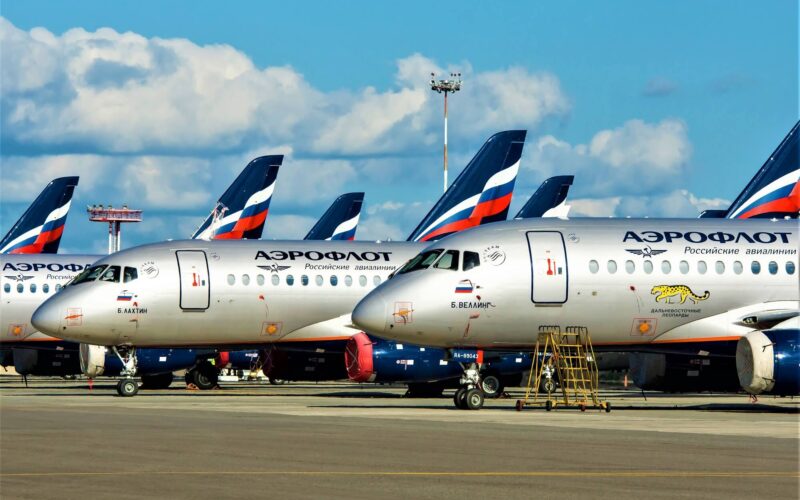Russian flag carrier Aeroflot is considering switching its focus to the regional aviation market after western sanctions have barred access to the international markets.
The airline, which is based at Moscow Sheremetyevo International Airport (SVO), could launch a new hub in the Far East during winter 2022, Aeroflot chief executive Sergey Aleksandrovsky confirmed to TASS on September 8, 2022.
The new base is likely to be opened at either Vladivostok (VVO) or Khabarovsk airport (KHV), more than 6,100 kilometers (around 3,846 miles) away from Moscow, and relatively close to Russia’s border with North Korea.
Vladivostok is located closer to Beijing in China than it is to Moscow. It is just approximately 160 kilometers (100 miles) away from the borders of China and North Korea.
“Aeroflot Group plans to base aircraft in the Far East and form a program, which may be called a regional base or a hub, with both international and domestic flights planned,” the airline’s CEO was cited as saying.
The new base will help Aeroflot to increase passenger traffic which was partly lost when international airspace was closed off to Russia following its invasion of Ukraine on February 24, 2022.
Alongside a hub at SVO airport, Aeroflot also serves a second international hub at Krasnoyarsk airport (KJA).
Immediately after the invasion was launched, the airline began talks over the launch of a new regional program under which it could gradually increase the number of regional airports it serves across Russia.
The news seems to follow the airline’s most recent fleet strategy. As it is unlikely that foreign-built jets will be delivered to any Russian air carriers ever again, Aeroflot decided to replace Airbus and Boeing jets with domestically made planes.
The airline signed an agreement on September 7, 2022, with local aerospace manufacturer United Aircraft Corporation (UAC) for the purchase of 339 domestically made jets. This consisted of 210 Irkut MC-21 single-aisle passenger aircraft, 89 Sukhoi Superjet New, and 40 Tupolev Tu-214 medium-range narrow-body airliners.

